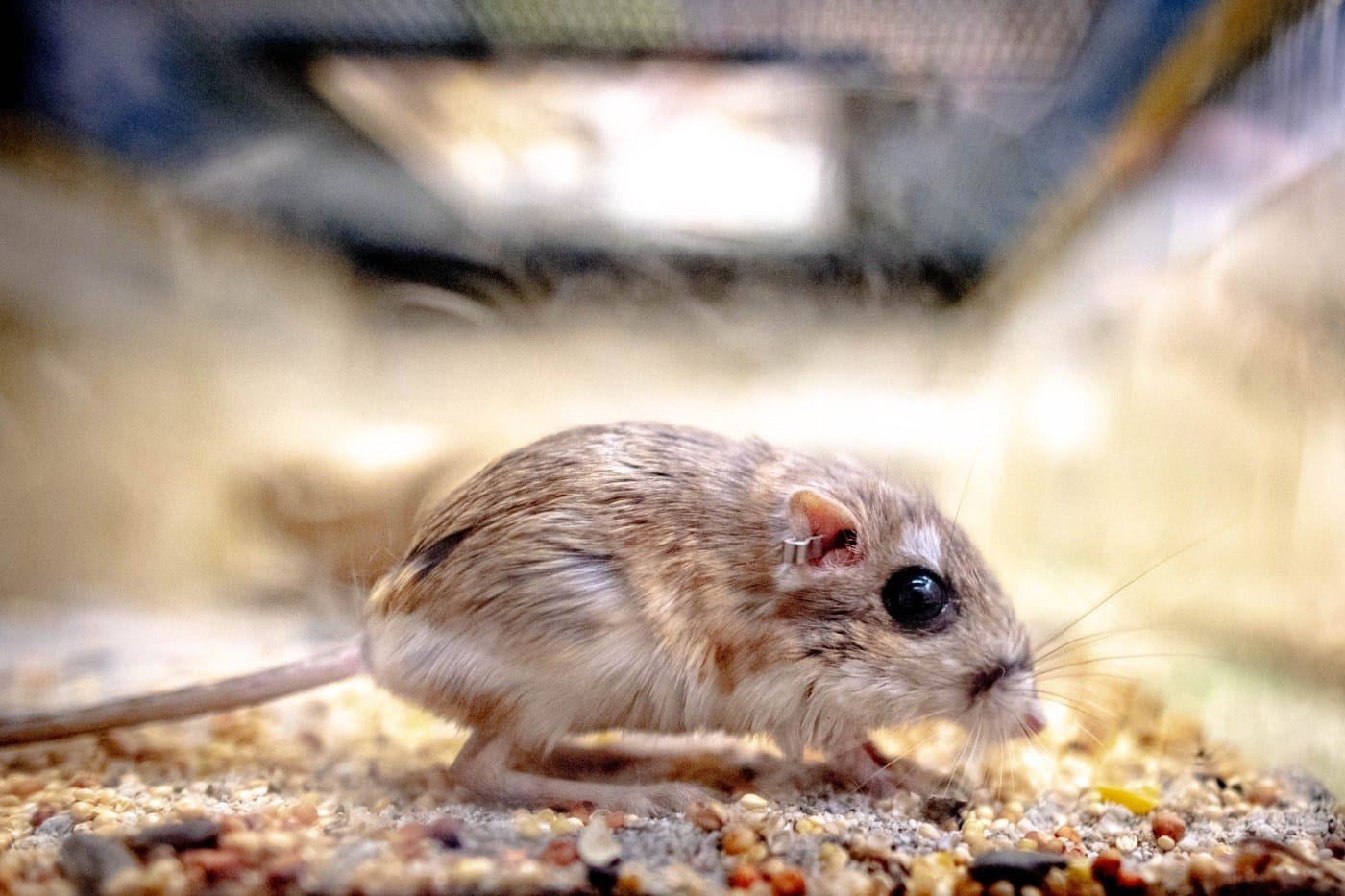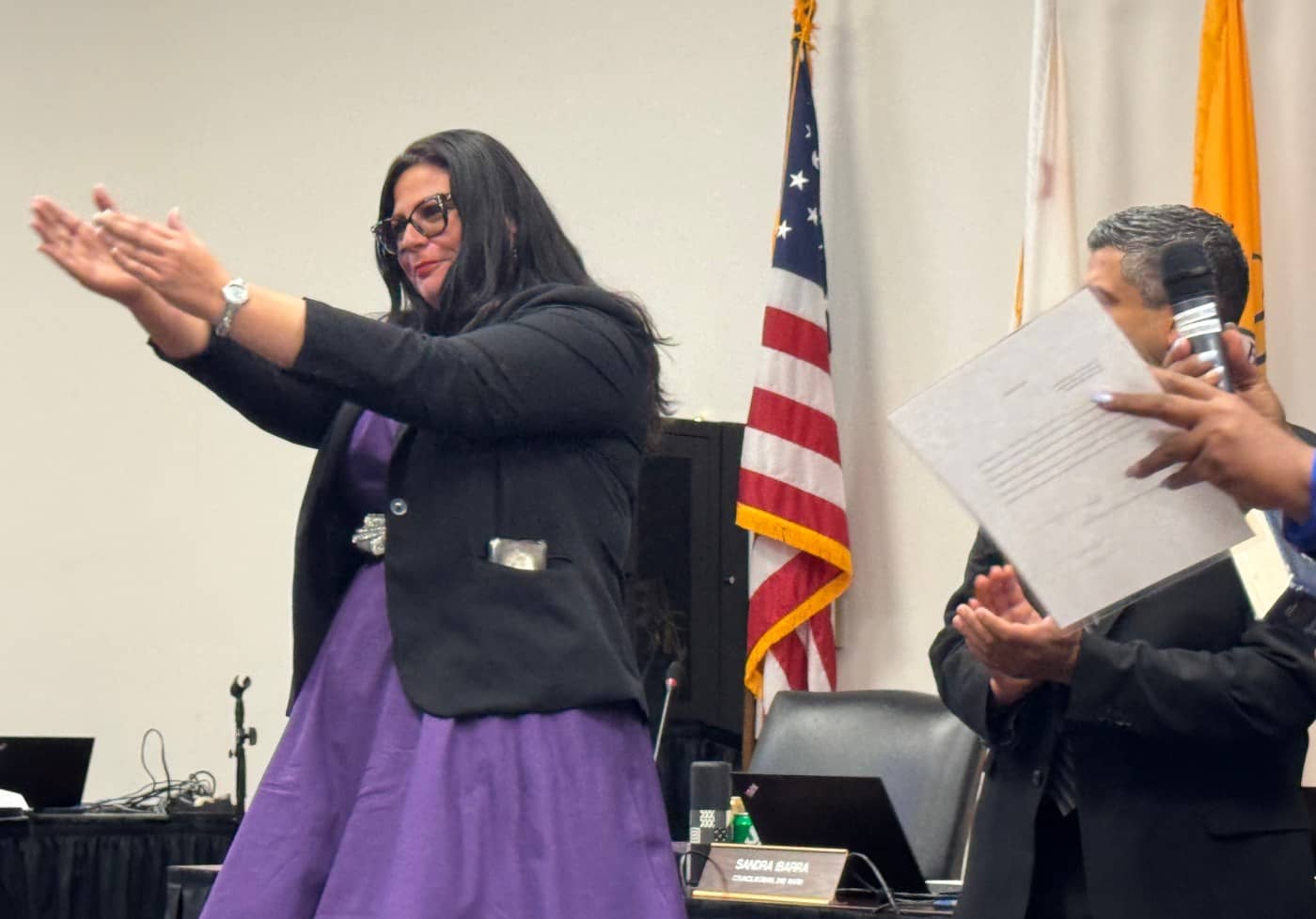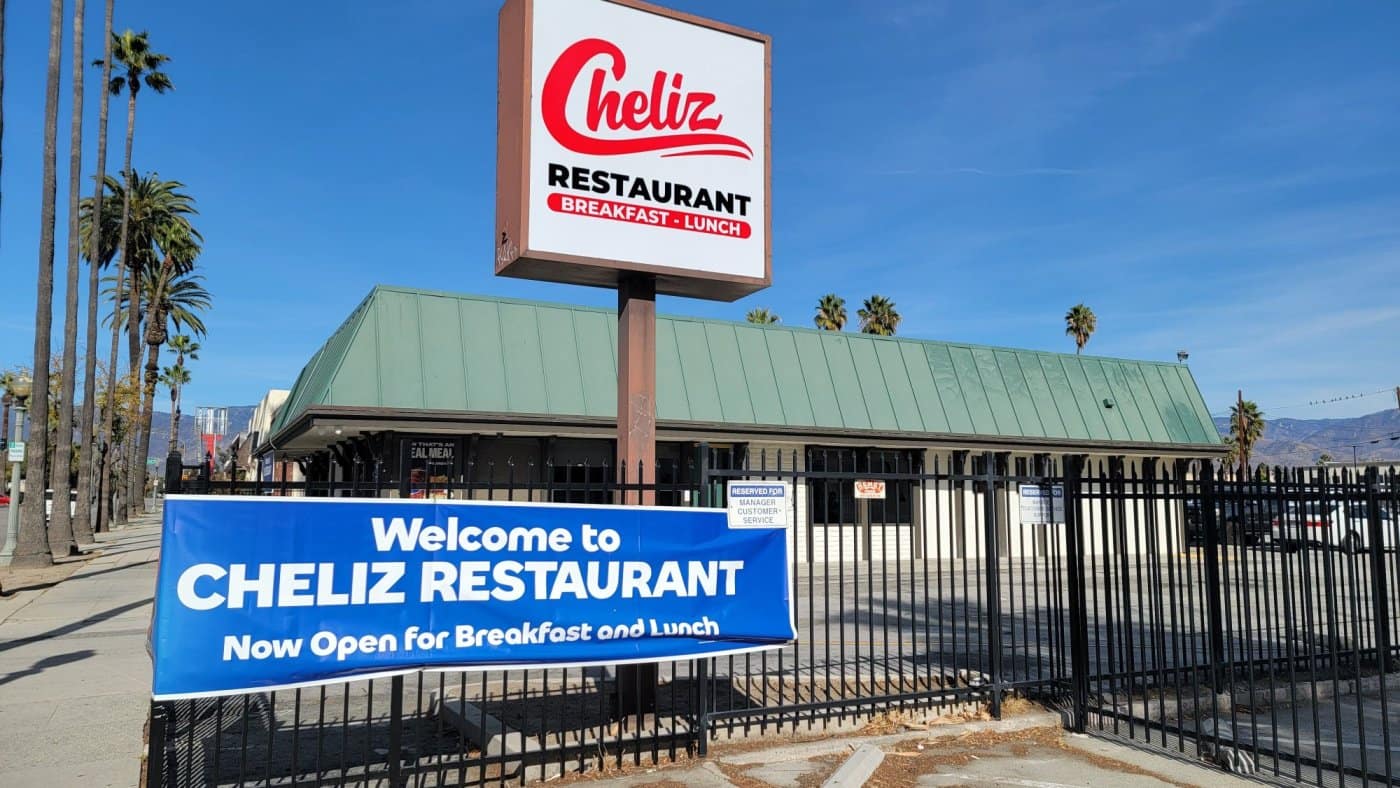Two environmental conservation groups have reached an agreement with three Southern California counties and the U.S. Army Corps of Engineers that will establish 400 acres of habitat along the Santa Ana River for the federally protected Santa Ana sucker fish and the kangaroo rat.
The agreement, finalized Aug. 29, ends six years of negotiations between the Center for Biological Diversity, the Endangered Habitat League, the U.S. Army Corps of Engineers and three county flood control districts — San Bernardino, Riverside and Orange. Two San Bernardino County water districts also were involved in the negotiations.
“Finally, there’s good news for the San Bernardino kangaroo rat and the Santa Ana sucker, unique and imperiled species struggling because of habitat loss,” said John Buse, an attorney for the Center for Biological Diversity, in a statement. “This agreement shows that with cooperation, we can achieve wildlife protection, water conservation and flood safeguards for Southern California’s largest watershed.”
He said endangered plants along the Santa Ana River, such as the Santa Ana woolly-star, will share in the benefits.
The 400 acres of planned habitat restoration will be in and near the Santa Ana River wash, from the Seven Oaks Dam in eastern Highland — in the upper Santa Ana Canyon south of Running Springs — to just west of San Bernardino International Airport.
The Santa Ana sucker is a small, olive-gray fish common to the Santa Ana River. It can be found in clear, cool, rocky pools of creeks, as well as gravelly bottoms of permanent streams with slight to swift currents. San Bernardino kangaroo rats are small, seed-eating animals that get their name due to their large hind legs they use to hop around like a kangaroo.
Buse said the kangaroo rat is listed as an endangered species, while the Santa Ana sucker is a threatened species. Both are found only in Southern California.
Santa Ana sucker fish. (Courtesy photo)
“As a result of the settlement, we now have the opportunity to work collaboratively with several flood control and water districts to return water to hundreds of acres of endangered species habitat, while maintaining public safety and groundwater recharge,” said Dan Silver, executive director of the Endangered Habitats League.
The restored habitat in the upper Santa Ana River wash builds upon the existing 544-acre Santa Ana River Woolly-Star Preserve Area, Silver said in an email Tuesday.
Negotiations were preceded in 2016 by a federal lawsuit filed by the environmental groups against the Army Corps of Engineers alleging the federal agency, in violation of the federal Endangered Species Act, failed to consider protecting the two species during construction of the Seven Oaks Dam in 1999, then the largest public works project in the country. The dam project, according to the environmental groups, permanently altered the hydrology of the Santa Ana River.
The three counties and two San Bernardino water districts intervened in the lawsuit because they had been impacted by the dam operations, according to the Center for Biological Diversity.
Related Articles
Unhealthy air quality plagues Southern California as wildfires, extreme heat persist
Some residents’ nerves ease despite continued spread of Line fire in the San Bernardino Mountains
If Colorado voters ban mountain lion hunting, would the feline’s population explode — or stabilize on its own?
One woman’s quest for the perfect shark emoji
Column: Your favorite wine regions will feel the heat
Riverside County spokesperson Brooke Federico said in a statement Tuesday that the litigation “addressed the challenging goals of balancing life safety and protecting habitat along the Santa Ana River.”
“To get to this resolution, eight agencies worked together to adjust and combine multiple programs in a way that will ensure flood protection for our residents, improve water conservation and support downstream critical habitat,” Federico said. “The County of Riverside is thankful for the commitment of all parties to work towards a solution for everyone.”
San Bernardino County spokesperson David Wert said the county was pleased that “the dedication of all interested parties resulted in an agreement that addresses public safety and the protection of the Santa Ana River’s valuable natural resources.”
The Army Corps of Engineers did not respond to a request for comment Tuesday.



